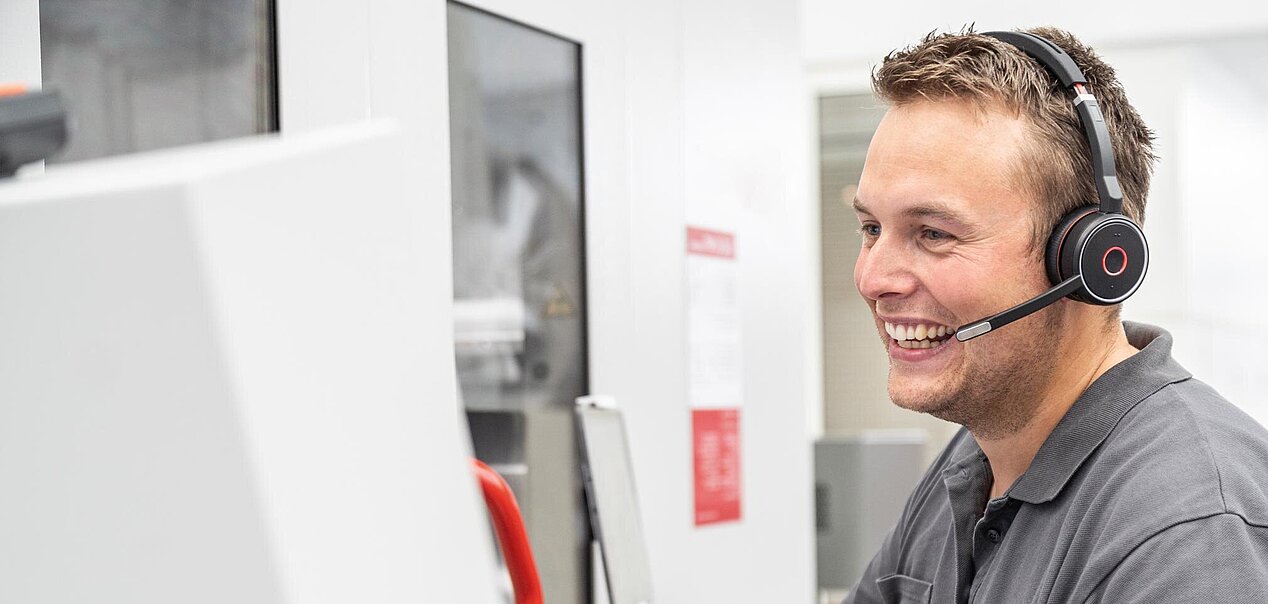Hermle-Leibinger Systemtechnik GmbH
20 years of ultimate automation
When Hermle-Leibinger Systemtechnik GmbH (HLS) - today a 100% subsidiary of Hermle - was founded in 1998, machining centre automation technology was still in the experimental stage. HLS initially focussed on handling and feed systems and basic machining centre automation. However, the importance of robot technology and combining several machining centres to create a manufacturing system soon became clear. And it was not long before additional technologies such as cleaning, measuring and monitoring were integrated into the turn-keys. But, in particular, it was robot technology based on an ingenious platform strategy that allowed HLS to constantly move into new areas of activity and industries.
Well over 300 systems have since been installed at Hermle machines, including linear systems with up to five, robot-controlled machining centres. Production machines from other manufacturers have also been incorporated into these complex systems.
Robot system RS 2 Combi with integrated kanban storage
A refined RS 2 Combi robot system, which has been adapted to a
C 32 U dynamic 5-axis machining centre, was recently assembled and installed specifically for the Technology and Training Centre and the Hermle Open House, which is held there.
This robot system is a platform-based system with a built-on cabin and a 6-axis industrial robot designed for transporting a maximum weight of 240 kg. The customisable shelf storage systems house both gripper storage stations (for pallets and workpiece handling) and additional tool storage (for large/heavy milling and drilling tools) or various storage stations for pallets and/or workpieces on dies.
A kanban magazine for cubic and/or cylindrical workpiece blanks was integrated along with a conveyor belt for semi-finished and finished parts and a chute for reject parts. A setup station with an additional control panel has also been adapted. The robot system can be detached from the machining centre with a door system,
so the operator has direct access to the working area of the machining centre (setting up or taking measurements), while the robot can serve other machining centres in parallel.







